Last December, I set out on a tour sponsored by The Amish Farm and House to learn about how the Amish celebrate Christmas. Eager for the opportunity to delve into Plain culture, I was skeptical about how familiar this tour might be. After all, I’ve journeyed these backroads on a bicycle for most of my life. Unlike with cycling, today there would be a destination – three, to be precise – and the promise of Christmas cookies!
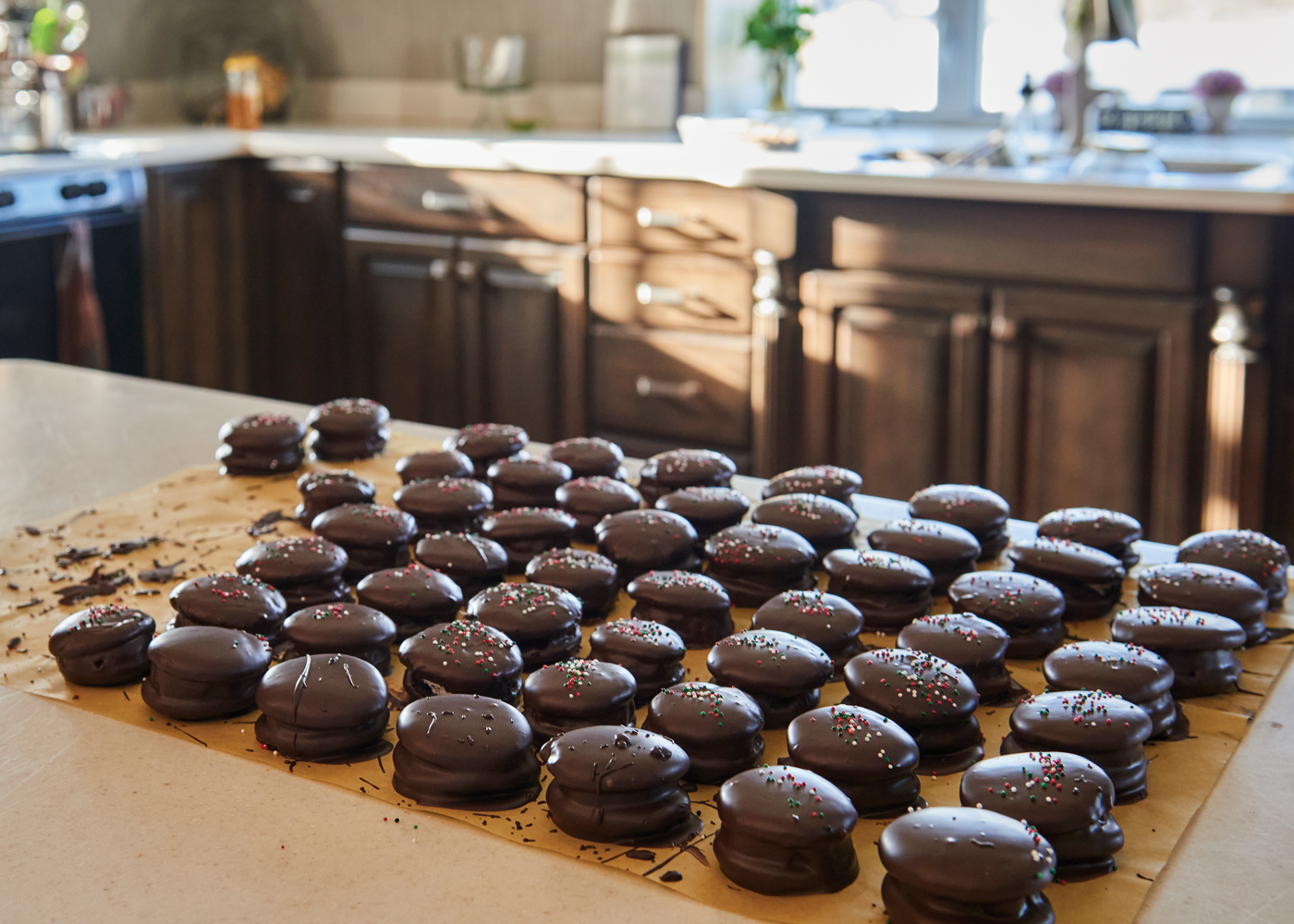
Mini-Whoopies dipped in chocolate were baked by the Fisher family. The second stop took us to the Esh home, where sugar cookies and ornament treats were on the menu. The third stop – the home of a different Esh family – featured pecan cups, Santa confections and hot chocolate. Recipe cards for each cookie recipe (and others) were provided to visitors.
The Amish Farm and House
Each December, The Amish Farm and House in Lancaster organizes a guided cookie tour. It’s an opportunity to discover more about Amish culture and traditions directly and in a personal way. The event leads off with a guided tour of the site’s historic farmhouse, where Amish culture and traditions are discussed. The two-hour bus tour visits three Amish homes, with each stop featuring two different cookies prepared for visitors to sample. To ensure a range of flavors, none are of the chocolate-chip variety. Instead, we were treated to chocolate-covered whoopie pies, walnut thumbprints, sugar cookies, snickerdoodles, pecan cups and other confections.
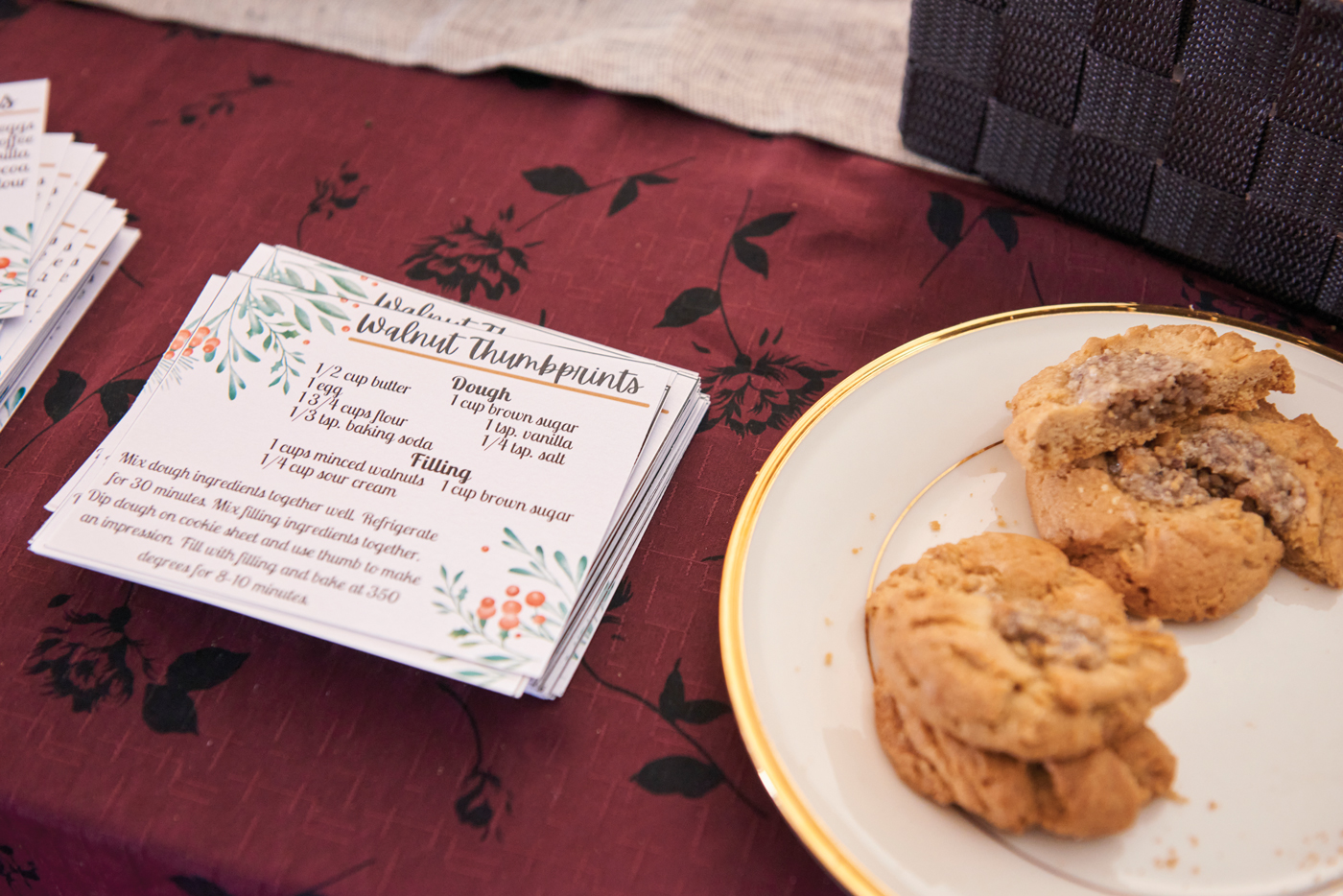
The Fisher family also served walnut thumbprints, which are slightly doughy and wet like a molasses or shoofly pie.
Enroute to each destination, twisting and turning along the way, the bus driver offers insights into Lancaster County, the local Amish community and farmland. There are two daily departures from The Amish Farm and House; the multiple routes that each bus takes provide varied experiences. I found myself as the only local “tourist” among 13 people on the tour bus that day.
Each home visit brings the opportunity to meet the host family, share a few minutes of conversation, ask questions and perhaps see an Amish buggy up-close. There is usually the opportunity to shop a selection of Christmas gifts, namely baked goods and handcrafted items that are often curated by the children in the family. The genuine opportunity, however, is making a cultural and personal connection. Of course, all of this takes place while sampling a cookie or two!
The Amish Community
On the tour, one host explained the Amish church in Lancaster County consists of approximately 240 bishop districts, each comprising 20 to 30 families. Church services are held every other Sunday and take place inside a family’s home or in a workshop area as space permits. This ensures that families host at least one service per year. Those participating in the service, which can last more than three hours, sit on benches provided by the church. (Since the benches are transported by a bench wagon, time is needed to move seating from location to location after each service.) Meals served after the church service are prepared by both the host and contributing families. The “cold” meal will typically consist of items like bread, spreads, cheese, pickles, finger foods, coffee and dessert. The idea behind the menu is that such items can be prepared beforehand so that no work occurs on Sunday. Of course, variations on the menu do exist.
The in-between weeks are known as Visitation Sundays, with church service held privately at home. The day can also be spent visiting others, perhaps in a different district.
Generally, there is a desire to be disconnected from the “English” world in a literal or physical sense. One way that manifests that notion is in the form of power and communication. It’s rooted in the Bible, placing great emphasis on the first part of Romans 12:2 (KJV), which reads, “And be not conformed to this world: but be ye transformed by the renewing of your mind, that ye may prove what is that good, and acceptable, and perfect, will of God.”
With that in mind, many assume Amish homes are sterile and will lack amenities beyond electricity and internet connectivity. The tour provided evidence that while homes can appear to be “plain,” they are warm and inviting. On the outside, an obvious difference is the absence of power lines. A deeper look reveals that Amish home construction often features a particular architectural style with obviously high quality to the workmanship.
I was surprised how modern Amish homes are. For example, large windows admit ample daylight, brightening spaces and bringing a sense of coziness to rooms. The natural light also serves to add a “green” aspect to Amish living.
At a glance, the kitchen and dining rooms appeared similar to those in the “English” community. One has to look carefully for subtle differences. Kitchens, for example, are outfitted with wood cabinets that exhibit exceptional craftsmanship. Simple but attractive stone countertops are utilitarian in nature.
Then, you notice the Amish aspects of kitchen design. Propane gas-powered appliances, including stoves, refrigerators and water heaters, replace those often powered by electricity. While the walls are devoid of electrical outlets, pendant-style gas lights are able to be dimmed. Other popular lighting options are cordless decorative lamps that use rechargeable batteries from 12-volt power tools. Batteries can be charged using solar panels, gas or wind-powered generators.
For some reason, the atmosphere seemed to heighten the aromas of the Christmas cookies!
Amish Christmas Celebrations
As we learned, Amish children hold annual Christmas programs at their schools, often inviting neighbors from outside the Amish community to attend.
Christmas celebrations are often part of church services. What visitors will not see in an Amish home is a Christmas tree, which is considered an idol. Instead, decorations are simple yet festive, such as pine branches or hand-crafted items, perhaps displaying a kindhearted message or Bible verse.
When it comes to Christmas gifts, they are often hand-made. Quilted potholders that were available for purchase on the tour are excellent examples of tailor-made items. Each potholder essentially consists of a square pattern that one might find on a quilt. Instead of a traditional Amish or Christmas star quilt pattern, the potholders offered to tourgoers employed winter-themed fabrics stitched together in a diagonal pattern.
At one stop, we also learned that the Amish and English share a common dilemma at holiday time. Here, the host family shared that like so many of us, coordinating holiday schedules is a challenge during the Christmas season. This is especially true where interstate travel must be arranged. Hence, some Christmas gatherings continue well into the New Year, sometimes as late as February.
Second Christmas
Perhaps my favorite takeaway from the day is the brilliant notion of a “Second Christmas.” Celebrated on December 26, this is a quieter day for the Amish to enjoy at home, perhaps with a special meal.
Second Christmas reminds me of Sunday, a day of rest, only one set aside for Christmas celebrations. I don’t know about you, but personally, December 26 is a day that usually leaves me feeling physically and emotionally depleted. The Thanksgiving and Christmas celebrations that served as bright beacons to anticipate heading into winter are now fulfilled, only to be replaced with the slog of dealing with cold and snow. Another day to celebrate Christmas would help alleviate that sense while freeing up the social calendar.
Christmas Adam?
Apparently, celebrating Christmas among the “English” has expanded to creating a new holiday: Over the past decade, December 23 has become known as “Christmas Adam,” which refers to the Genesis story of Adam and Eve, where Adam’s arrival preceded that of Eve. (Get it? Christmas Adam comes a day ahead of Christmas Eve.)
Influencers and lifestyle gurus are weighing in and acknowledging that the day is filled with all sort of possibilities, many of which could be molded into family traditions for future generations. I took some of their suggestions and tweaked them (my suggestions are enclosed in the parentheses). For example, several suggest that you could reserve December 23 for family movie or game night (with cookies and popcorn as snacks). Or, maybe it could be a night to bond with your BFFs with a marathon of Hallmark holiday movies or ease into the College Bowl schedule with the Gasparilla and Independence bowl games. (Cookies would provide the perfect and necessary sugar buzz.)
You could drive around and look at the holiday lights (don’t forget to take cookies along). Caroling is a possibility (followed by hot chocolate and cookies). Another suggestion is to invite friends and family for appetizers (or dessert – cookies, of course).
Yet another suggests that December 23 is the night to reveal what’s in those Christmas stockings (with a plate of cookies to munch on). Or, it could be the day to gift family members with the PJs they’ll be wearing for those all-important social-media pictures on Christmas morning (props could include cookies and milk!). Of course, there’s the obvious: You could make cookies on December 23!
As for the Amish Cookie Tour, which just happens to end on December 23, I’d certainly recommend taking part in it yourself. I’d even revisit it myself – only next time, I’d take a thermos of cold milk along!
Recipes from the Amish Cookie Tour
For more recipes, click here.
The 2022 Christmas Cookie Tours run through December 23. A 30-minute guided tour of the farmhouse precedes bus departures at 11 a.m. or 2 p.m. The Amish Farm and House is located at 2395 Covered Bridge Drive in Lancaster. Visit amishfarmandhouse.com/christmas-cookie-tour for details/reservations.





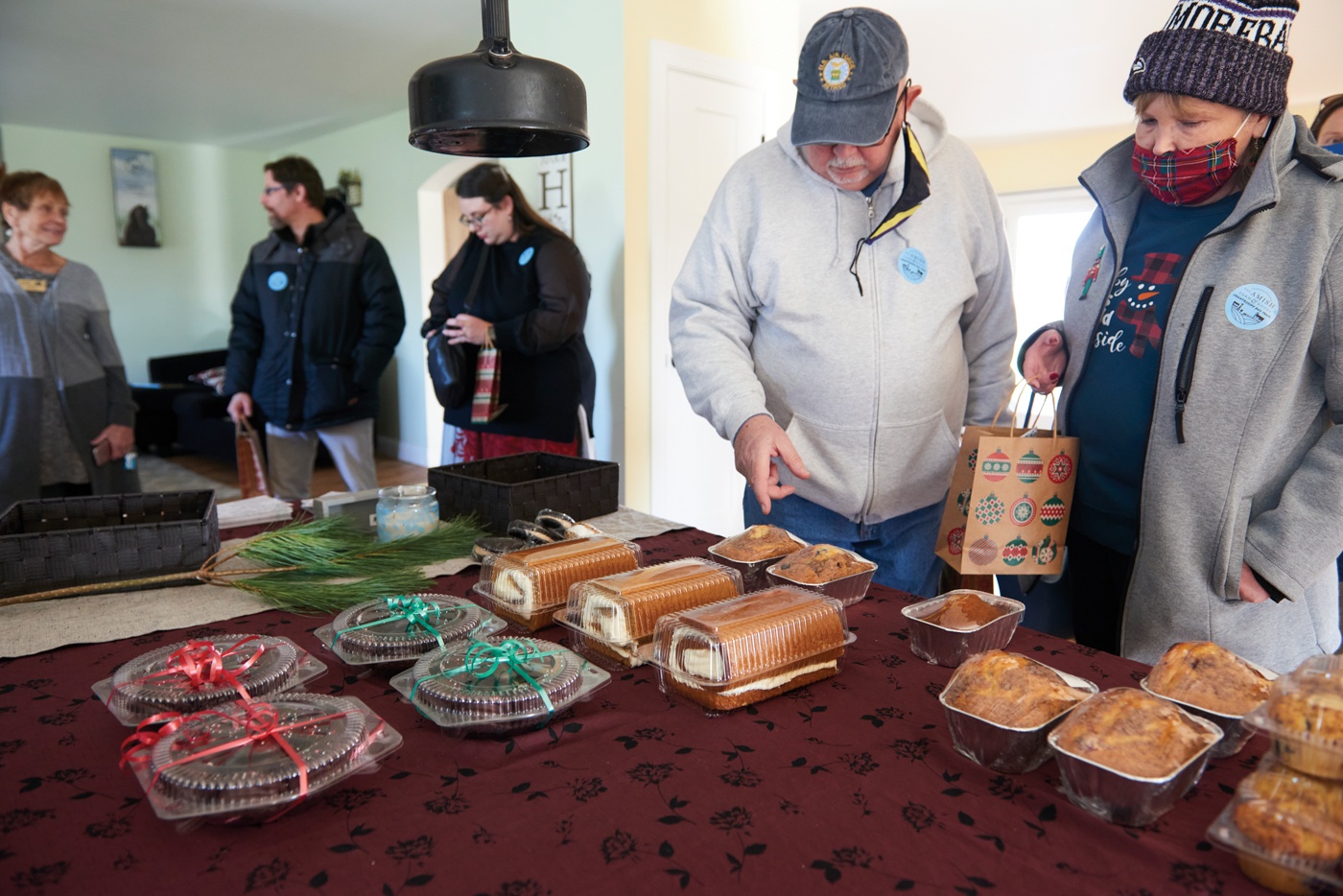
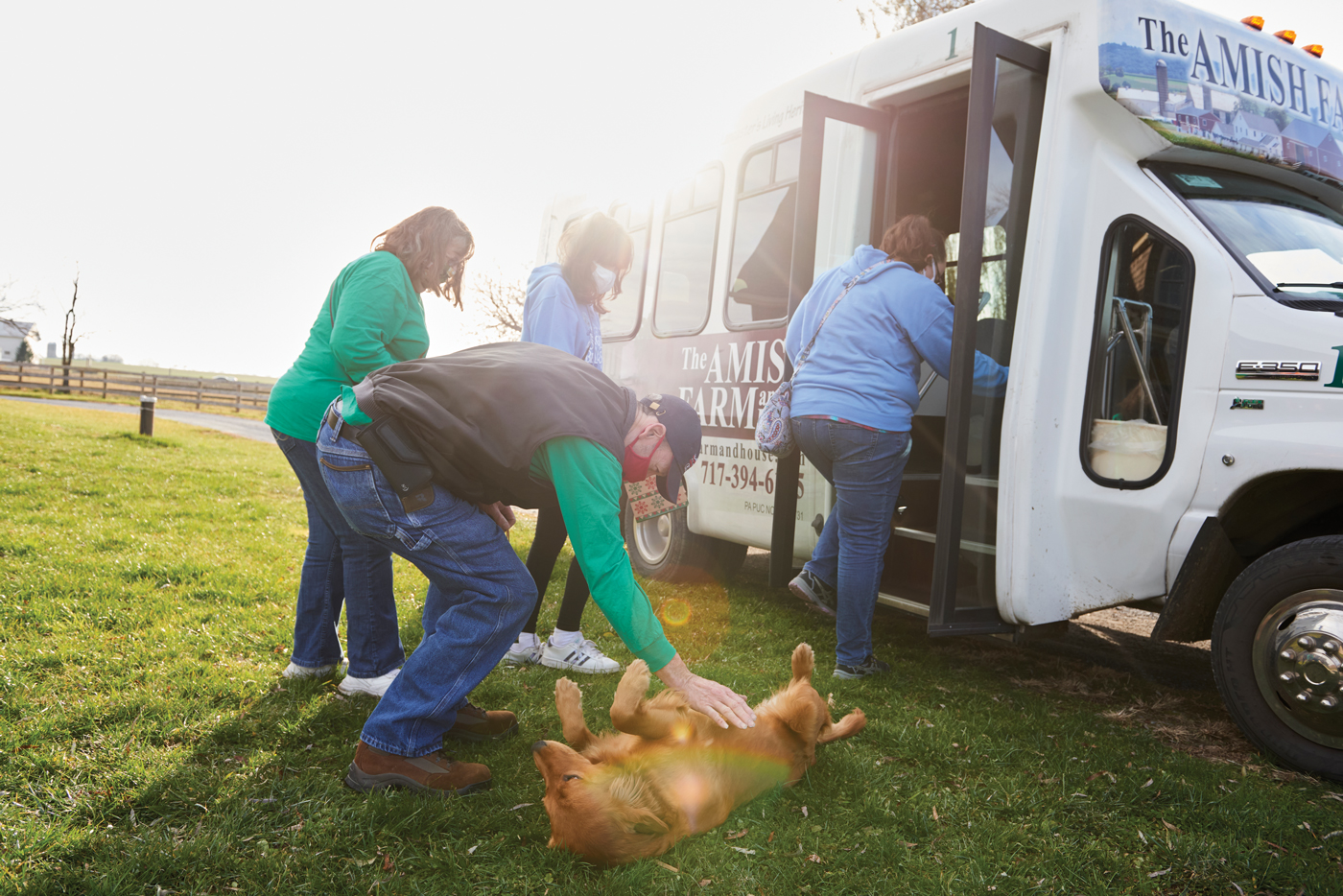
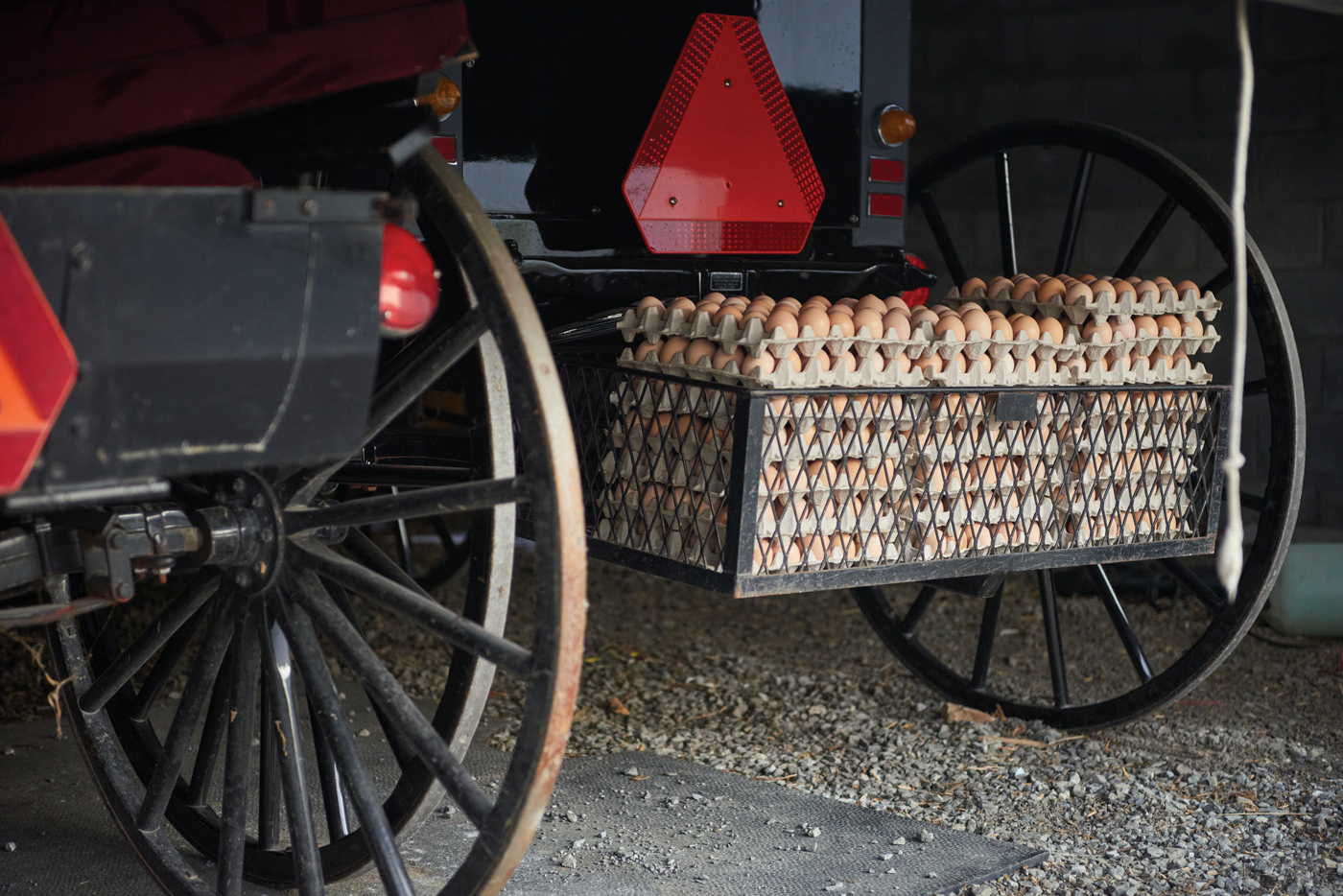
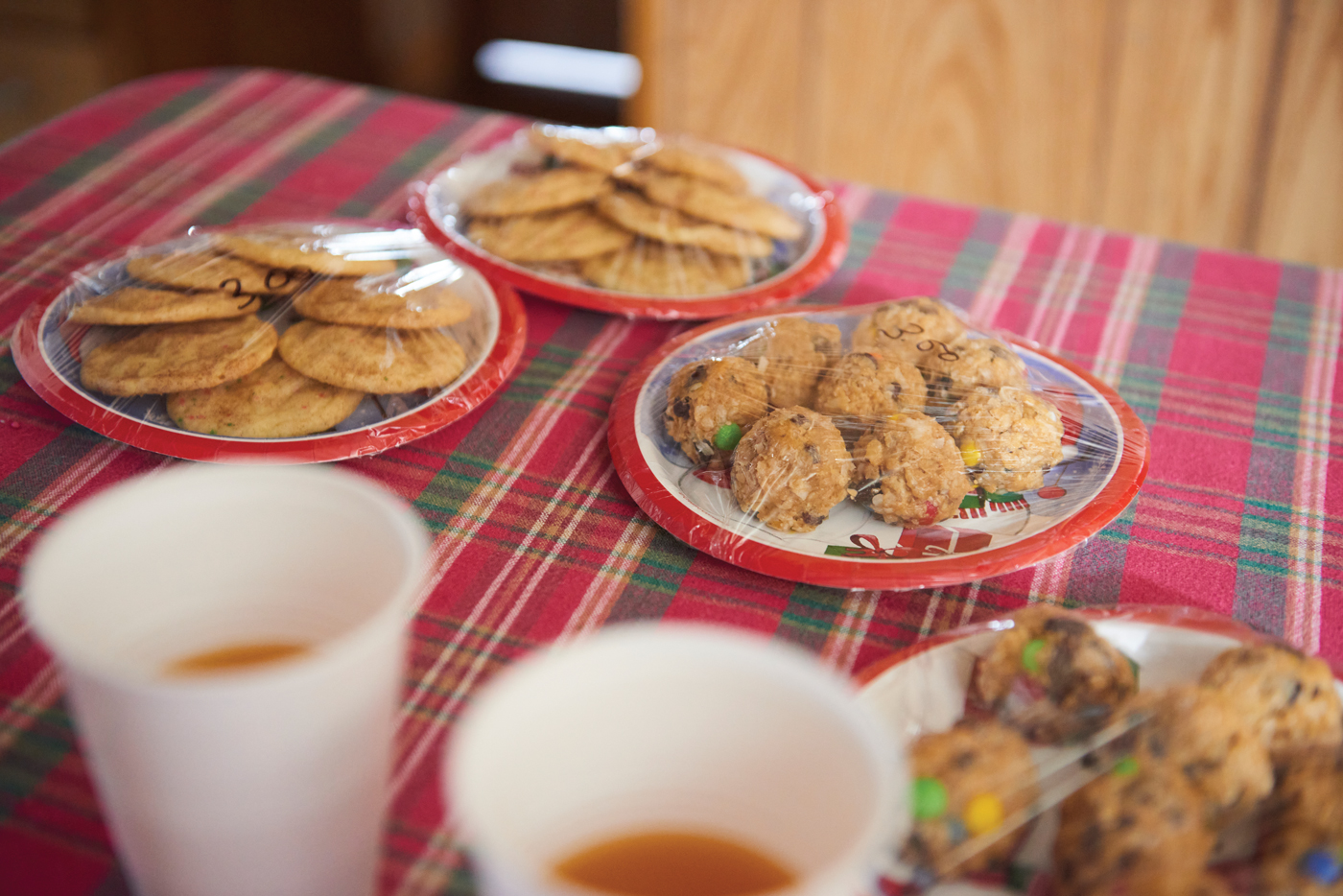
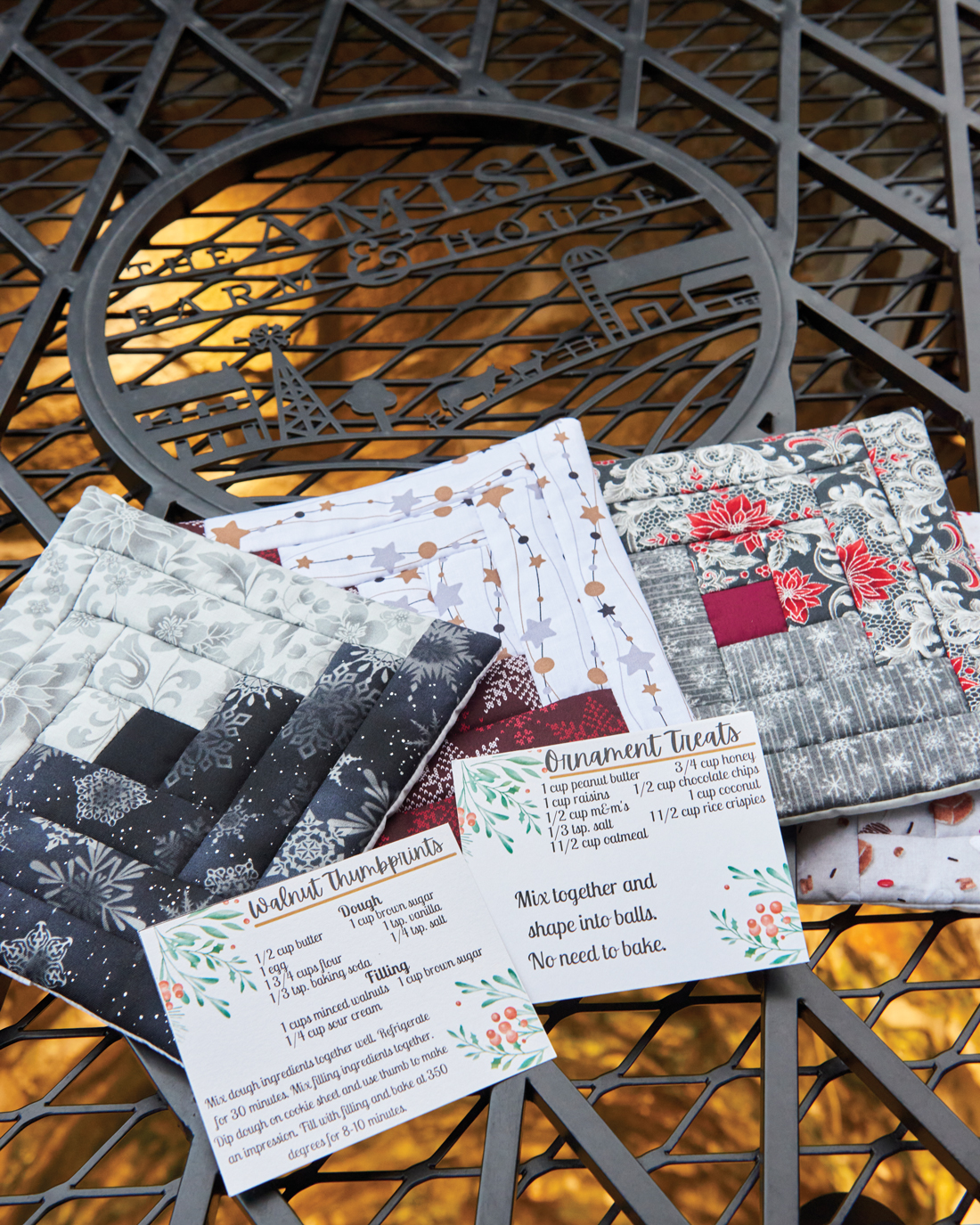
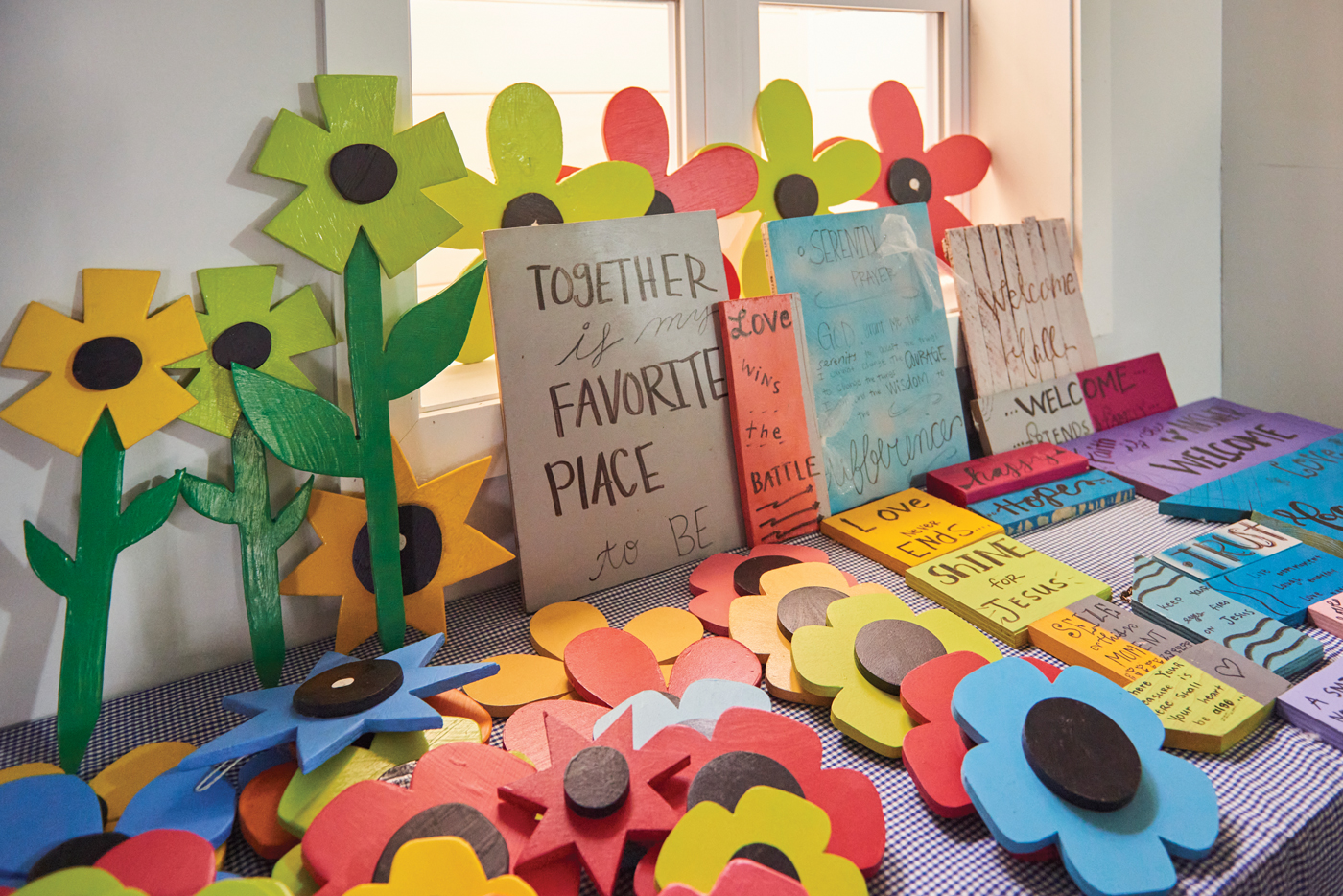
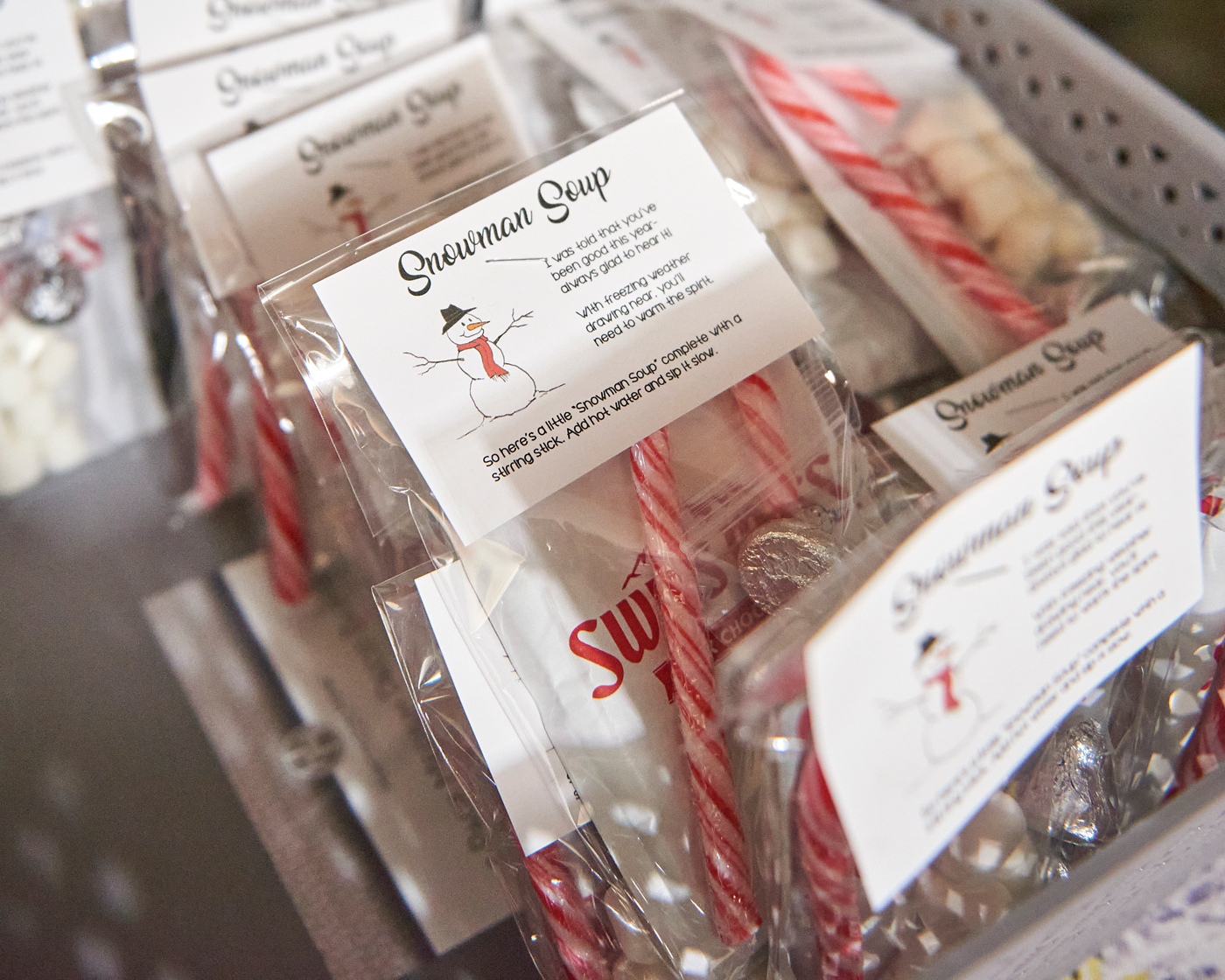



SHARE
PRINT